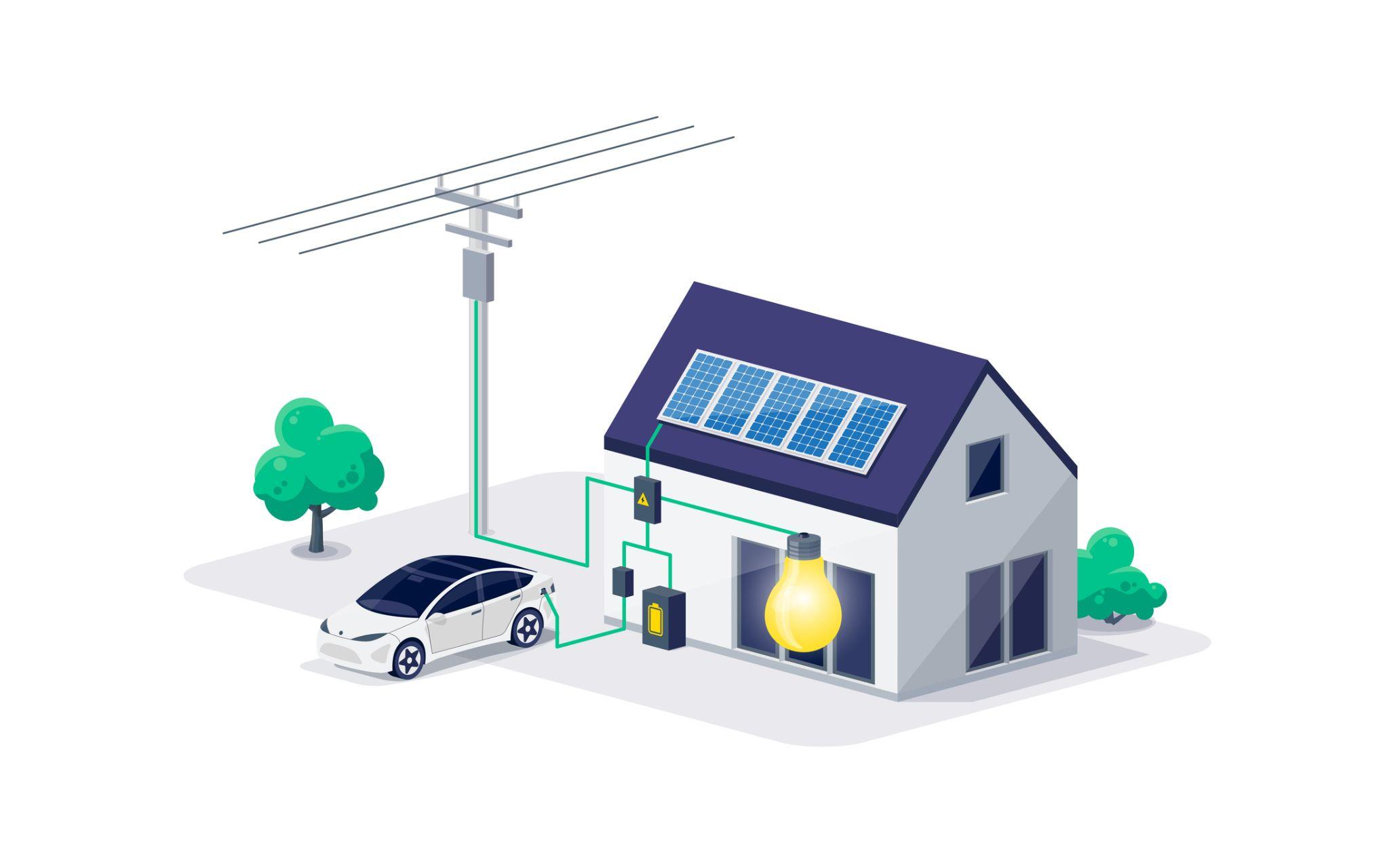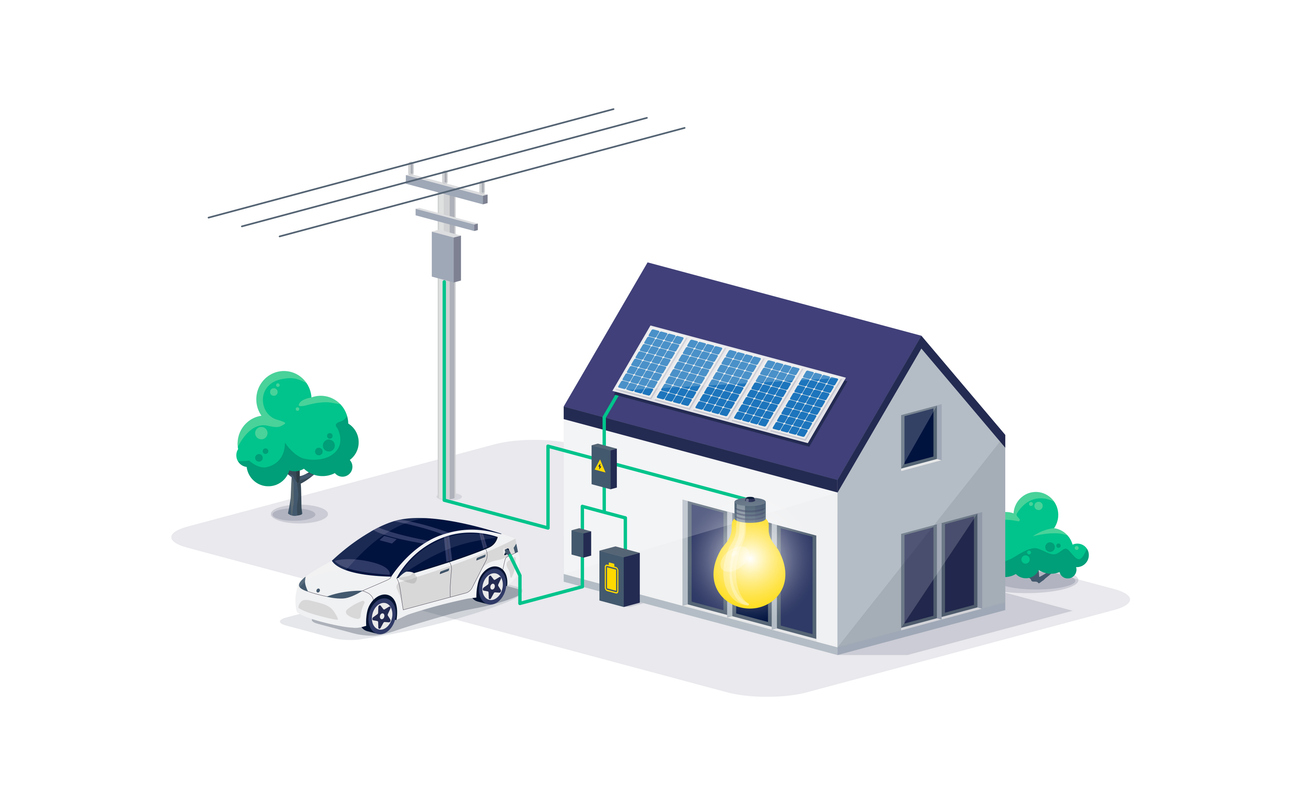
In today’s world, construction workers are increasingly exposed to and seeing first-hand the benefits of sustainable building practices. From energy-efficient materials to renewable energy sources, there’s a growing focus on reducing a building’s environmental impact. As a construction professional, you might be encountering more and more clients interested in incorporating solar power into their homes.
This article dives into the specifics of installing a 4kW solar system, a popular choice for powering a typical household. We’ll break down the process, from initial considerations to installation, giving you the knowledge you need to effectively discuss solar power with your clients and potentially expand your service offerings.
Before going into further detail, we highly recommend checking the article on 4kw solar systems on HouseHoldQuotes for more useful information, in addition to consulting with a professional solar panel installer.
By doing this, you can ensure that you’ll be making an informed decision that’s perfectly tailored to your home’s specific needs or for any of your clients interested in solar energy.
Why Go Solar?
Before we delve into the details of a 4kW system, let’s explore the reasons why homeowners are increasingly opting for solar energy. Here are some key advantages:
- Reduced Electricity Bills: Solar panels generate clean electricity, offsetting the need for grid-supplied power. This can significantly lower a homeowner’s monthly electricity bills.
- Increased Home Value: Homes with solar panels are often seen as more attractive to potential buyers, potentially fetching a higher price tag.
- Environmental Benefits: Solar energy is a clean and renewable source of power, helping to reduce reliance on fossil fuels and minimize greenhouse gas emissions.
- Government Incentives: Many states and municipalities offer financial incentives, such as tax credits and rebates, to encourage solar panel installation.
Is a 4kW System Right for Your Client?
A 4kW solar system is a good fit for average-sized homes with moderate electricity consumption. Here are some factors to consider when determining if a 4kW system is suitable for your client:
- Average Electricity Usage: Analyze the client’s past electricity bills to understand their typical monthly kWh (kilowatt-hour) usage. A 4kW system can generally generate around 4,000 to 5,000 kWh per year.
- Sun Exposure: The amount of sunlight a roof receives significantly impacts the system’s efficiency. Assess the client’s roof for south-facing exposure and minimal shading from trees or buildings.
- Roof Size and Condition: The roof should have sufficient space to accommodate the solar panels, and its structural integrity needs to be sound to support the additional weight.
Understanding the Solar System Components
A typical 4kW solar system consists of the following key components:
- Solar Panels: These are the photovoltaic cells that convert sunlight into direct current (DC) electricity.
- Solar Inverter: This converts the DC electricity generated by the panels into usable alternating current (AC) electricity for your home.
- Mounting System: This securely attaches the solar panels to the roof structure.
- Monitoring System (Optional): This allows homeowners to track their system’s performance and energy production.
The Installation Process
Installing a 4kW solar system typically involves the following steps:
- Site Assessment: A solar installer will visit your client’s home to assess the roof’s suitability, sun exposure, and any potential challenges.
- System Design: Based on the assessment, the installer will design a customized system layout, specifying the number and placement of panels.
- Permitting: Obtaining the necessary permits from local authorities is crucial. The installer can usually handle this process.
- Installation: Qualified technicians will mount the solar panels, connect the electrical components, and integrate the system with the home’s electrical panel.
- Inspection and Permission to Operate: Once the installation is complete, electrical inspectors will verify compliance with safety standards. After approval, the system can be connected to the grid.
Additional Considerations for Construction Workers
As a construction professional, here are some additional points to keep in mind when discussing solar power with your clients:
- Safety First: Solar panel installation involves working at heights and electrical wiring. Ensure all safety protocols are followed during installation.
- Building Code Compliance: Solar installations need to comply with local building codes and electrical regulations.
- Roof Compatibility: Not all roofs are suitable for solar panels. Some factors to consider include roof material, pitch, and structural integrity.
By understanding the basics of 4kW solar systems and the installation process, you can either effectively communicate the benefits of solar power to your clients or even decide to install a 4kW for your home. This knowledge can position you as a well-rounded construction professional who understands sustainable building practices.
In addition to this, as it has been previously mentioned at the beginning of this article, it’s important to highlight the importance of getting in touch with professionals in the field of solar panel installation. This way, you can compare the different options available on the market that can best suit your needs without compromising on your well-being and time.
Therefore, if you’re interested in installing solar panels on your own home, a good starting point is to get quotes from multiple reputable local solar installers.

































